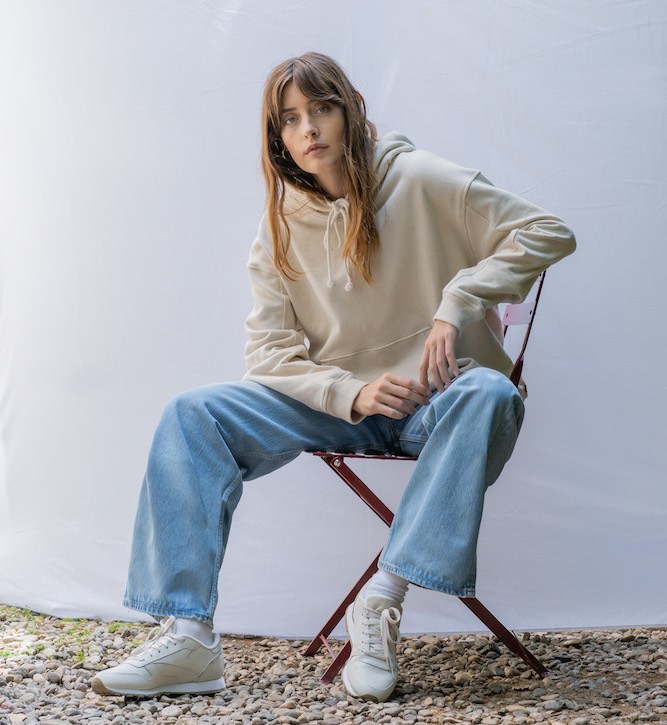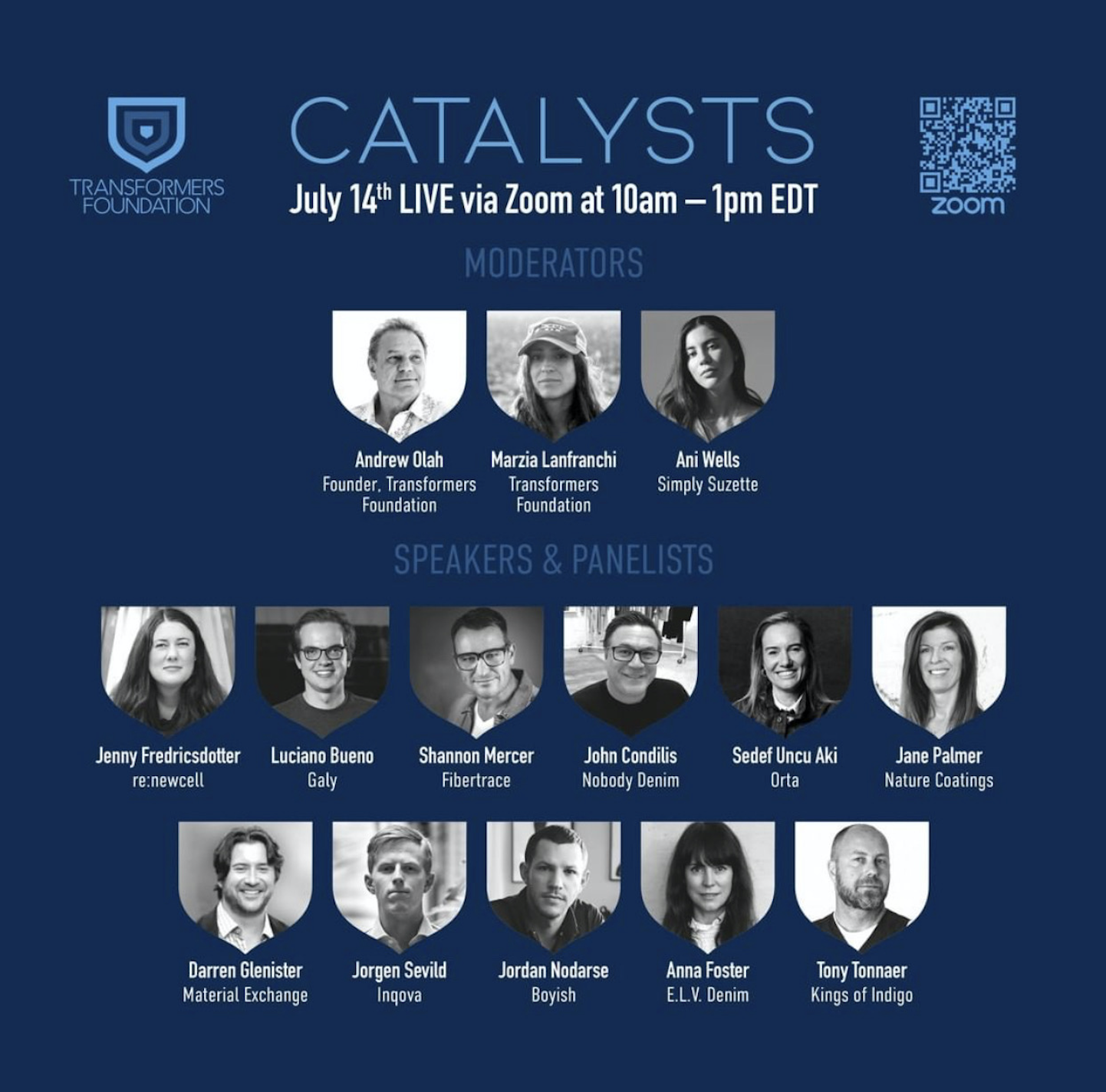As Mills Move Toward Circular Development, Collaboration Will Be Key

The COVID pandemic, with the mind-warping changes it has forced upon communities and industries globally, has created space for collaboration and out-of-the-box thinking, said panelists during a “Circularity in Denim Design” panel presented during Kingpins24.
That is great news for mills and brands looking to employ the concepts of circular design in their fabric and garment design and production.
“Designing a circular economy requires the shared creation of value,” said moderator Kerry Bannigan, founder of the Conscious Fashion Campaign, an initiative in collaboration with the United Nations Office of Partnerships.
“Achieving circularity is the final frontier in the textile industry — this is the way to our future. All companies need to design and produce these with this understanding,” said Cem Ozan Sari, senior product development executive at Calik Denim. “[The denim industry] is only starting our journey into building these circular business models, we believe that focusing on collaboration is key. R&D and innovation are essential to transform our understanding [and ability to switch from] a linear production model to circular production and business model.”
Malin Ekengren, denim designer and consultant, agreed. Collaborations, she said, could be used to develop new techniques or technologies at all stages of the supply chain to reduce the use of energy, chemicals and water in production. The same principles of transparency and cooperation should be applied to finding solutions for upcycling, recycling and even designing out waste.
“Designers can only really do this with the knowledge and skills from the start of the creative process. This should be done, in my opinion, with collaboration with mills and laundries and the chemical suppliers,” Ekengren said. “I go back to one of my favorite Greta Thunberg quotes. She always says, ‘Follow the science and take action.’ And that’s what we need to do.”
Sebla Onder, sustainability lead at Orta Anadolu, pointed to collaborations with NGOs and universities as key to the development of their circular business and product development practices.
For the F/W 2021 season both Calik and Orta brought products to market that were developed with the principles of circularity in mind. The fabrics, including Calik’s ProWash and Orta’s Here for Good collection, feature recycled fibers and finishing techniques designed to extend a product’s lifecycle.
Still, as mills and designers navigate the switch from linear to circular development, another perhaps larger challenge looms.
“We need to rethink fashion as a whole, because to be able to shift to circularity in fashion, we need to slow down the growth of the industry. We need less product, the planet doesn’t need more,” Ekengren said. “I think a company that wants to [operate within a circular economy] must be serious about closing the loop. And not only be driven by financial growth…I don’t think it’s possible to try and combine sustainability and profits.”

